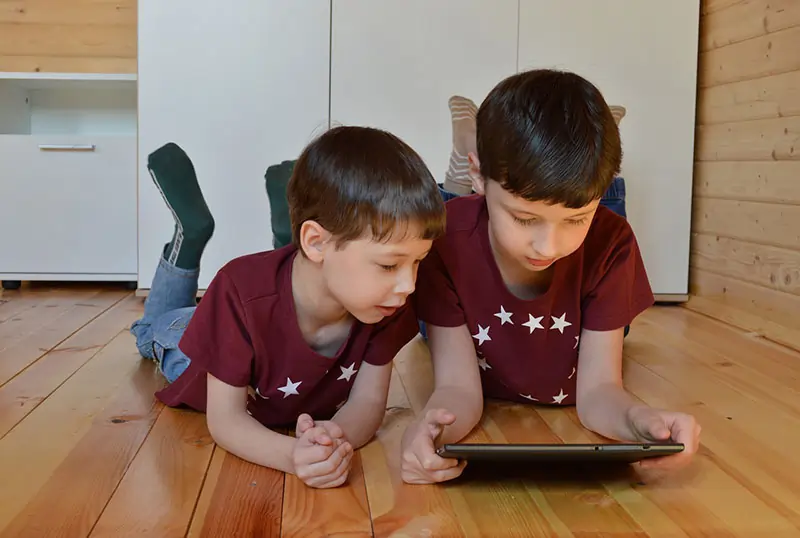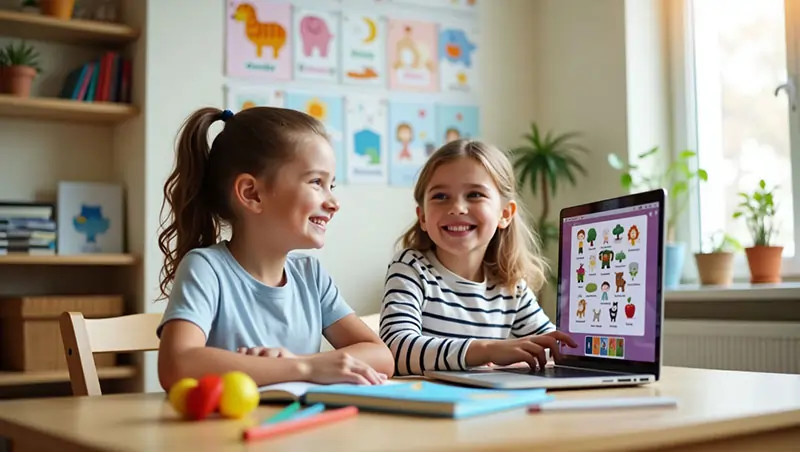Top 4 Educational Apps for Kids to Boost Learning
We all learn better when we’re having fun, right? As a parent, we’re sure you love playing games with your little ones and teaching them all sorts of interesting things. However, you can’t always be by their side.
This is where technology can take over. Nowadays, kids spend a lot of time on various devices, so why not make it educational? There are tons of interesting apps that are safe for kids to use and learn how to do a wide range of things.
From virtual art studios to access to science labs, these platforms transform the way your child learns. If you’re ready to expand your kids’ horizons, here are some apps you should know about.
1. Prodigy Math
For many of us, math was scary in school. But your kids can have a whole different experience with this discipline. Prodigy Math and other similar apps work hard to turn math into a fun adventure with lots of exploring and games.
Kids can embark on quests in fantastical worlds, solving grade-aligned math problems along the way. The platform adapts to each child’s learning pace using real-time data analytics, ensuring that they’re always challenged yet never overwhelmed.
Parents have access to the app’s dashboard to track progress without micromanaging. Designed for grades 1-8, Prodigy covers various topics, from basic arithmetic to complex algebraic concepts.
2. Drawing Pad
This app is great for your little painters at home! They get a wide array of art tools like virtual crayons, markers, and paintbrushes and have the freedom to create whatever digital art they want. The sky’s the limit!
If your young artist is a bit older and wants to dip their toes into professional design, guide them towards https://logo.com/. Here, they can play with templates, learn about logo design, and get a first dose of what it means to be a professional in this field.
3. Tynker
Ideal for budding programmers, Tynker introduces coding through interactive games and puzzles suitable for all skill levels. Through this app, young coders dive into game-like modules that teach them everything from basic sequencing to advanced JavaScript and Python skills.
The app accommodates different skill levels with structured courses that allow students to learn at their own pace. While beginners might animate characters using simple loops and conditions, more advanced users explore real-world languages through interactive tutorials.
4. Hopscotch
Perfect for young designers, Hopscotch allows children to create their own games or animations using simple programming concepts. In a way, it’s a way to allow kids to build and tell their own stories through coding.
We already know that storytelling can help kids with anxiety cope with the world around them, so Hopscotch can have double use: educational and soothing.
Furthermore, the app includes a community aspect, allowing young creators to share projects with peers worldwide. This feature inspires collaboration and idea-sharing beyond borders.
Wrap Up
Kids nowadays will spend time on screens, whether their parents like it or not. But, as parents and educators, we have a say in what they see and do while using their screens. So, look for ways to encourage young learners to have an open mind and try new things.
Apps like Prodigy Math, Drawing Pad, Tynker, and Hopscotch are great for fostering curiosity and innovation in our children. By making learning enjoyable and interactive, we nurture critical thinkers ready to tackle tomorrow’s challenges with enthusiasm. So why wait?


